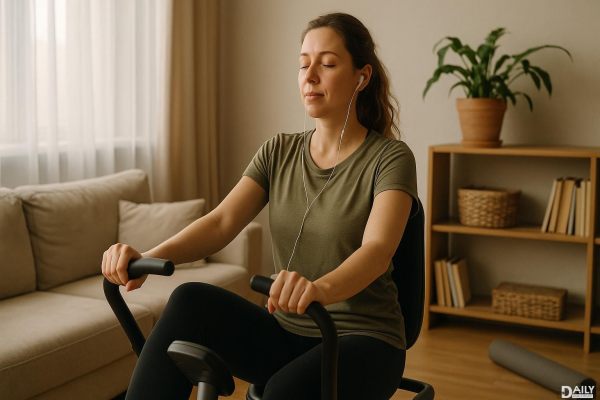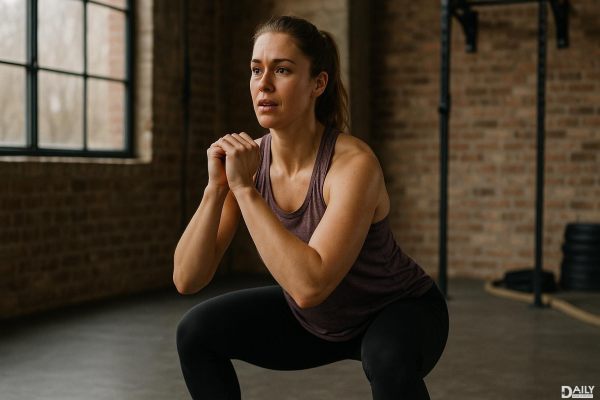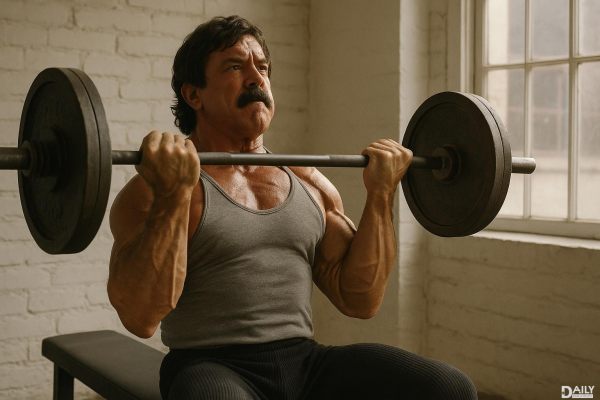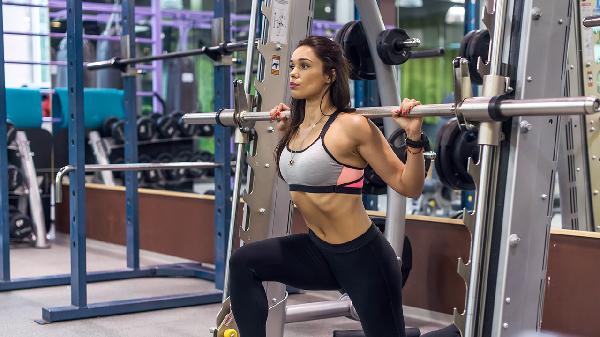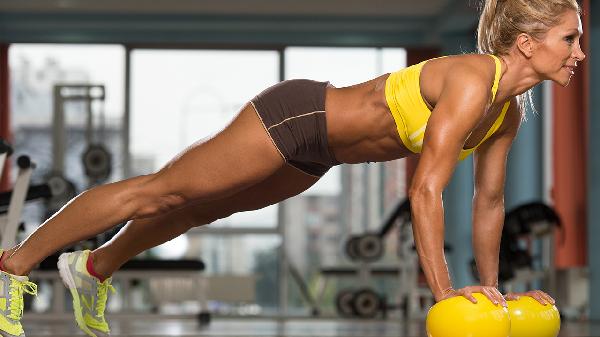Yes, pull-ups can help build bigger biceps, but they’re not the only factor in the equation. Pull-ups are a compound exercise that primarily targets your back muscles, but your biceps play a significant supporting role. If you’re looking to grow those guns, pull-ups can definitely be part of your arsenal, but you’ll need to pair them with other exercises and strategies to maximize bicep growth. Let’s break it down so you can get the most out of your pull-up game.
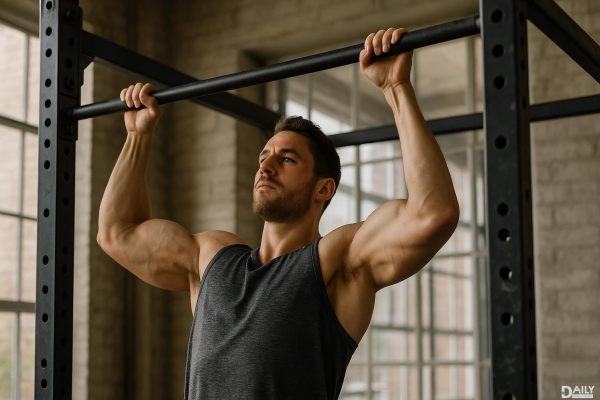
When you’re hanging from that bar and pulling yourself up, your lats (the large muscles in your back) are doing the heavy lifting. But your biceps are far from slacking off. They act as secondary movers, helping to flex your elbows and stabilize your arms throughout the movement. The wider your grip, the more your back takes over, but a closer grip shifts some of the focus to your biceps. So, if you’re aiming to target those biceps more directly, consider narrowing your grip or even trying chin-ups (where your palms face you) for an even bigger bicep burn.
While pull-ups are a killer exercise, they’re not a one-stop shop for bicep growth. Your biceps are relatively small muscles compared to your lats, and they can only handle so much load during a pull-up. To really pack on size, you’ll need to incorporate isolation exercises like bicep curls, hammer curls, or concentration curls. These moves allow you to focus solely on your biceps, ensuring they’re getting the attention they deserve. Think of pull-ups as the foundation and isolation exercises as the finishing touches.
If you’re serious about building bigger biceps, you’ve got to challenge them consistently. That means increasing the intensity of your workouts over time. With pull-ups, you can do this by adding weight (using a weight belt or holding a dumbbell between your feet), slowing down your tempo, or increasing your reps. The same principle applies to your isolation exercises—gradually increase the weight or reps to keep your biceps growing. Remember, muscles grow when they’re pushed beyond their comfort zone.
No matter how hard you train, your biceps won’t grow if you’re not eating right. To build muscle, you need to be in a caloric surplus, meaning you’re consuming more calories than you’re burning. Focus on getting enough protein—the building blocks of muscle—through sources like chicken, fish, eggs, and plant-based options like tofu or lentils. Don’t forget about carbs and healthy fats, either. They provide the energy you need to crush those pull-ups and curls. And, of course, stay hydrated—muscles need water to function and recover.
Here’s the deal: your biceps don’t grow while you’re working out; they grow while you’re resting. Overtraining can actually hinder your progress, so make sure you’re giving your muscles time to recover. Aim for at least 48 hours of rest between bicep-focused workouts, and prioritize sleep—your body does most of its muscle repair while you’re snoozing. If you’re feeling sore or fatigued, don’t be afraid to take a rest day or focus on a different muscle group. Your biceps will thank you.
If you’ve been doing the same pull-up routine for months, your biceps might have hit a plateau. To keep things fresh and challenging, try incorporating different variations of pull-ups and bicep exercises. For example, mix in archer pull-ups, commando pull-ups, or even towel pull-ups to engage your biceps in new ways. On the isolation side, experiment with different curl variations, like incline curls or Zottman curls. Changing up your routine not only keeps things interesting but also ensures your biceps are being worked from multiple angles.
When you’re doing pull-ups or curls, it’s easy to go through the motions without really thinking about the muscles you’re working. But if you want to maximize bicep growth, you need to establish a strong mind-muscle connection. Focus on squeezing your biceps at the top of each pull-up or curl, and visualize them doing the work. This mental focus can help you engage your biceps more effectively, leading to better results. It might feel a little weird at first, but trust me, it’s worth it.
Building bigger biceps—or any muscle, for that matter—takes time and consistency. You’re not going to see overnight results, but if you stick with a solid training plan, eat right, and prioritize recovery, you’ll start to notice changes. Keep track of your progress by taking progress photos, measuring your arms, or noting increases in strength. Celebrate the small wins along the way, and remember that every pull-up and curl is bringing you one step closer to those bigger biceps.
So, can pull-ups really build bigger biceps? Absolutely—but they’re just one piece of the puzzle. Combine them with targeted isolation exercises, progressive overload, proper nutrition, and adequate rest, and you’ll be well on your way to achieving those sleeve-stretching arms. Now, get out there and start pulling!
